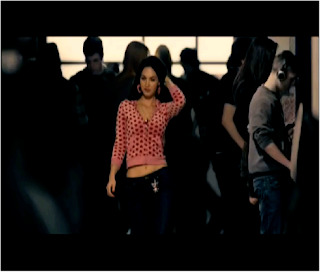Factors which must be considered are:
- Discrimination
- Drugs
- Violence
- Sex
- Nudity
- Language
- Horror
Other Horror films which fall into tis certificate are;

 There is a link used through the editing and the lighting. These two techniques are able to work parallel as the editing begins slow during the equilibrium and begins to pick up paces as soon as there is a disruption and it has been recognised. At the start of the trailer there are three fade shots which are used during the slow pace editing. These shots are able to present Jennifer as a desirable object and sexual. Jennifer is able to stand out amongst her fellow peers.
There is a link used through the editing and the lighting. These two techniques are able to work parallel as the editing begins slow during the equilibrium and begins to pick up paces as soon as there is a disruption and it has been recognised. At the start of the trailer there are three fade shots which are used during the slow pace editing. These shots are able to present Jennifer as a desirable object and sexual. Jennifer is able to stand out amongst her fellow peers.

 The editing works parallel to the Non-digetic sound used in the trailer. As the music begins to quicken so does the length and speed of the clips. The use of this technique is able to build suspense and create the tension needed. The use of fades is also used, during the trailer. The shot fades from text to darkness before the next shot is displayed. This technique is able to emphasise the genre of the film and display "dark" events taking place.
The editing works parallel to the Non-digetic sound used in the trailer. As the music begins to quicken so does the length and speed of the clips. The use of this technique is able to build suspense and create the tension needed. The use of fades is also used, during the trailer. The shot fades from text to darkness before the next shot is displayed. This technique is able to emphasise the genre of the film and display "dark" events taking place.